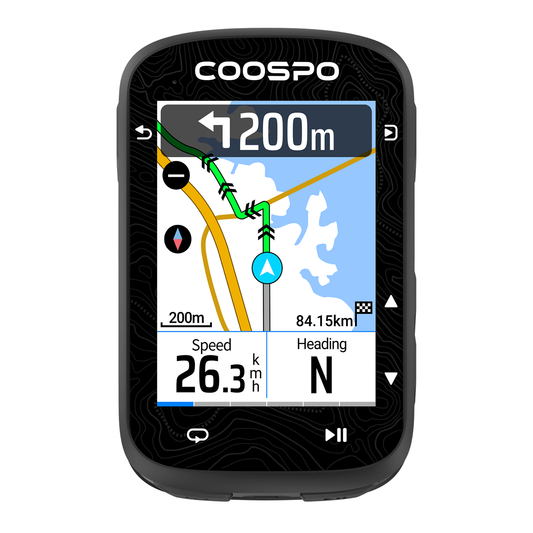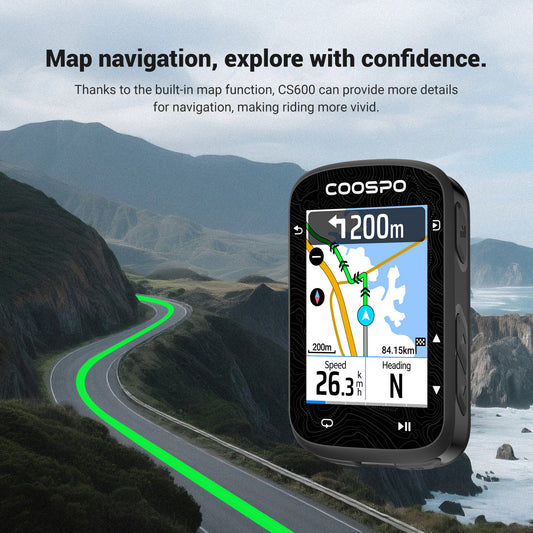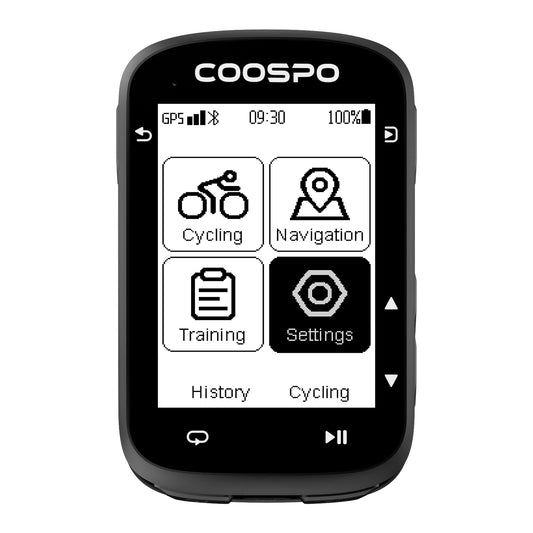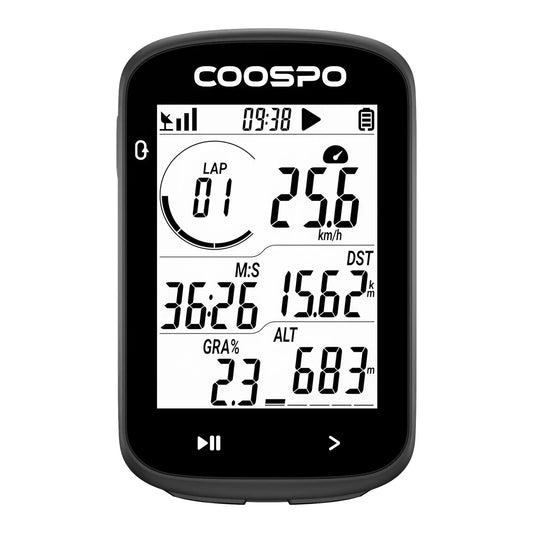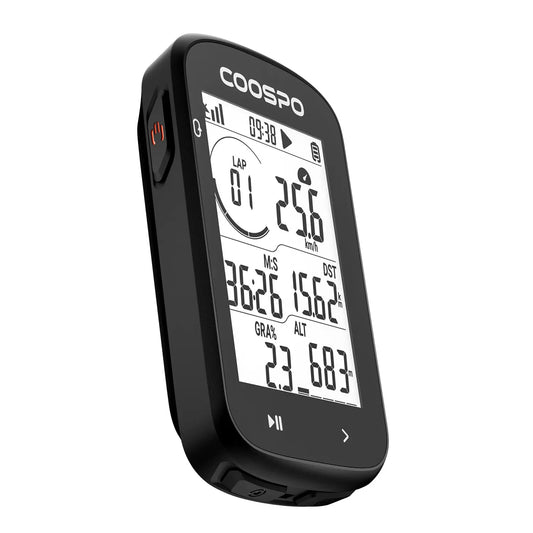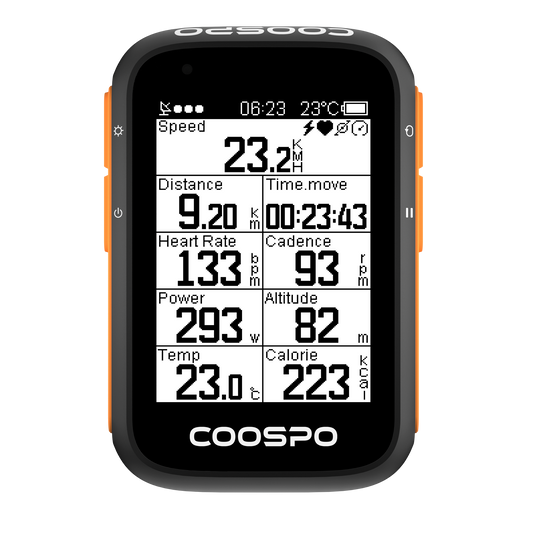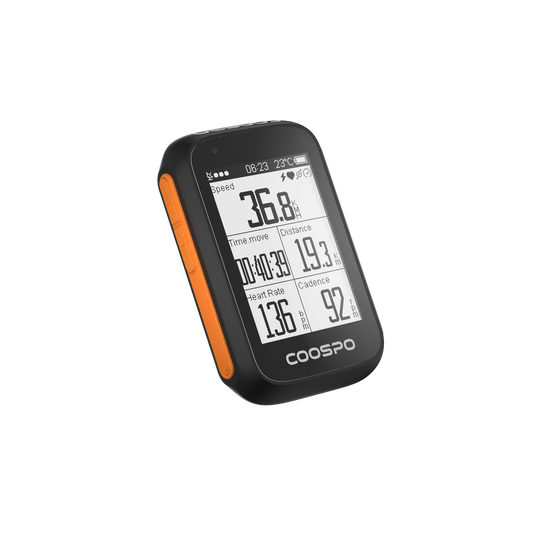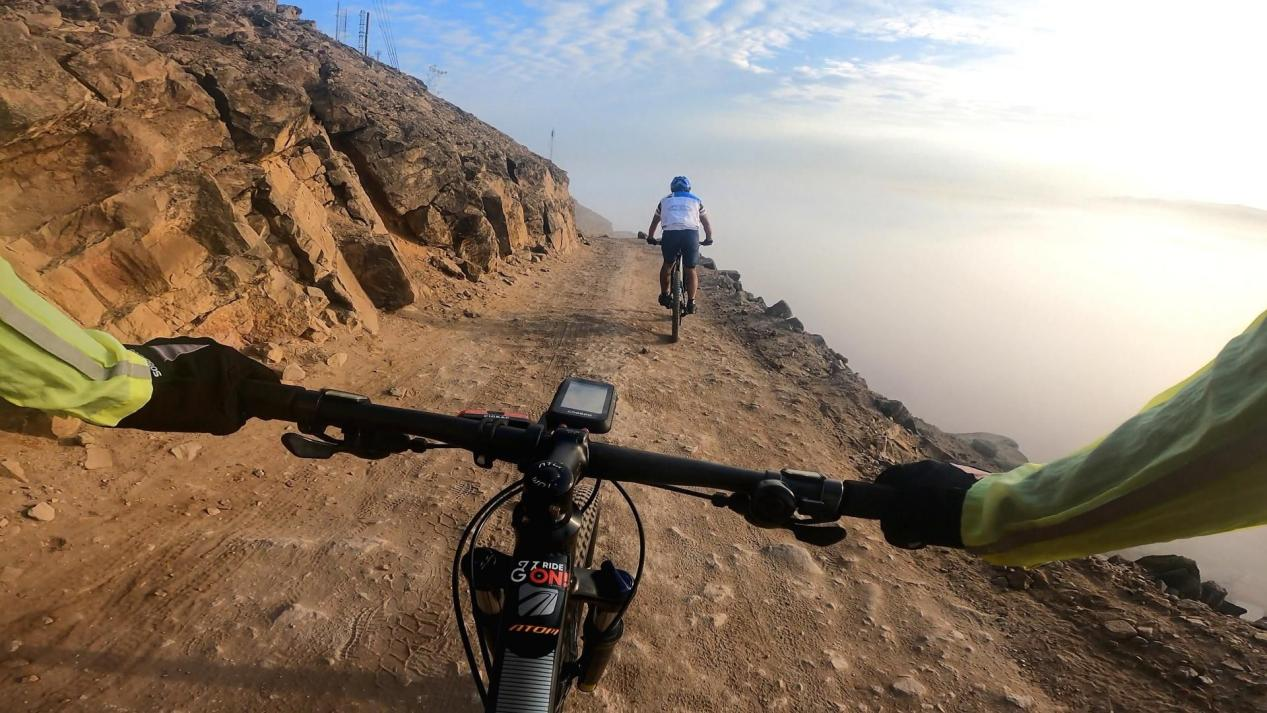I migliori allungamenti per riscaldarsi prima di correre
Molti runner sanno che dovrebbero riscaldarsi, ma molti saltano lo stretching e vanno a correre subito dopo aver indossato le scarpe. Comprendiamo la voglia di iniziare a correre subito. Che abbiate poco tempo o siate semplicemente entusiasti di percorrere sentieri o strade, lo stretching può sembrare una seccatura e una perdita di tempo.
Quindi il riscaldamento è davvero così importante?
Sì, riscaldarsi e fare stretching prima di una corsa è molto importante per mantenersi sani e in salute. Se non si fa stretching o non si eseguono gli esercizi giusti, si rischia di farsi male.
Lo stretching pre-corsa può essere rapido e semplice. Dedicare solo pochi minuti ad alcuni esercizi di stretching prima di correre può davvero migliorare le prestazioni e la salute. Riscaldare i muscoli vale la pena!
Di seguito troverai una breve introduzione sul perché fare stretching, come farlo (dinamico vs. statico), diversi esercizi approvati dall'allenatore che puoi inserire in qualsiasi riscaldamento e suggerimenti per scegliere i movimenti giusti per la corsa che ti aspetta.
Perché è necessario fare stretching prima di correre?
Correre fa bene alla mente e al corpo, ma può essere faticoso per ginocchia, fianchi e altre parti del corpo perché è un'attività ad alto impatto. Con l'aumento delle persone che iniziano a correre, aumentano anche gli infortuni, spesso dovuti a un riscaldamento inadeguato o a una scarsa cura del proprio corpo.
Lo stretching è un modo semplice e veloce per preparare il corpo e ottenere numerosi benefici per la salute e le prestazioni. Ecco solo alcuni dei benefici del riscaldamento:
Temperatura e circolazione: I movimenti delicati aumentano la temperatura muscolare e il flusso sanguigno, aiutando i tessuti a contrarsi e rilassarsi in modo più efficiente.
Prontezza neuromuscolare: Stai provando gli angoli esatti delle articolazioni e gli schemi di coordinazione che utilizzerai durante la corsa.
Gamma di movimento (ROM) dove ne hai bisogno: ROM favorevole al passo nelle caviglie, nei fianchi e nella colonna toracica senza trasformare le gambe in spaghetti.
Sforzo percepito: Molti corridori si sentono più fluidi e hanno bisogno di meno minuti per "trovare le gambe" dopo un buon riscaldamento.
Prevenire gli infortuni può essere complicato. Un ampio studio condotto su reclute dell'esercito ha dimostrato che una routine di stretching regolare prima dell'allenamento non riduce significativamente il rischio di infortuni agli arti inferiori. Al contrario, il livello di forma fisica di una persona è un fattore più importante.
Ciò non significa che il riscaldamento sia inutile, ma che lo stretching statico da solo non è una soluzione miracolosa.
Comprendere i diversi tipi di allungamento
Quando le persone pensano allo stretching, di solito immaginano stretching staticoQuesto tipo di stretching consiste nel mantenere una posizione o un allungamento per un certo periodo di tempo. Esempi di stretching statico sono l'incrocio delle braccia, il toccarsi le punte dei piedi e lo stretching a farfalla.
Gli allungamenti statici sono importanti per la corsa e l'atletica, ma se vuoi i migliori allungamenti da fare prima di una corsa, dovresti concentrarti su allungamenti dinamici.
Lo stretching dinamico è ottimo per preparare il corpo alla corsa. Aiuta a risvegliare i muscoli necessari e riduce il rischio di infortuni durante allenamenti intensi come la corsa. Questi esercizi prevedono movimenti del corpo delicati e ripetuti, con movimenti diversi. Questo tipo di stretching attivo aiuta a ridurre la rigidità, stimola la circolazione sanguigna e migliora la mobilità articolare.
I migliori esercizi di stretching pre-corsa da aggiungere alla tua routine di riscaldamento
Oscillazioni laterali delle gambe

Cosa fa: Apre i fianchi in abduzione/adduzione, migliorando il controllo laterale di cui il bacino ha bisogno mentre corri.
Come: Posizionati con una mano su un muro o una recinzione. Mantenendo il busto eretto e la gamba di appoggio ben ancorata, fai oscillare la gamba libera attraverso il corpo e poi di lato.controllato, senza agitarsi.Inizia con un movimento lento e aumenta l'arco man mano che ti senti a tuo agio. 12-15 oscillazioni per gamba.
Suggerimenti per l'allenamento: Dita dei piedi in avanti, cassa toracica sopra il bacino, oscillazione minima del tronco. Pensa a un "metronomo fluido", non a una "palla da demolizione".
Oscillazioni delle gambe in avanti
Cosa fa: Prepara i flessori dell'anca/i muscoli posteriori della coscia per l'azione antero-posteriore della corsa; aumenta la lunghezza dinamica dei muscoli posteriori della coscia senza mantenimento statico.
Come: Posizionati di fronte al supporto e fai oscillare una gamba avanti e indietro. Mantieni il ginocchio quasi completamente dritto ma non bloccato, ed evita di inclinarti all'indietro mentre la gamba oscilla in avanti. 12-15 oscillazioni per gamba.
Suggerimenti per l'allenamento: Postura alta, core tranquillo, lascia che l'oscillazione accadere piuttosto che forzarlo. Aumentare l'altezza gradualmente.
Affondi laterali
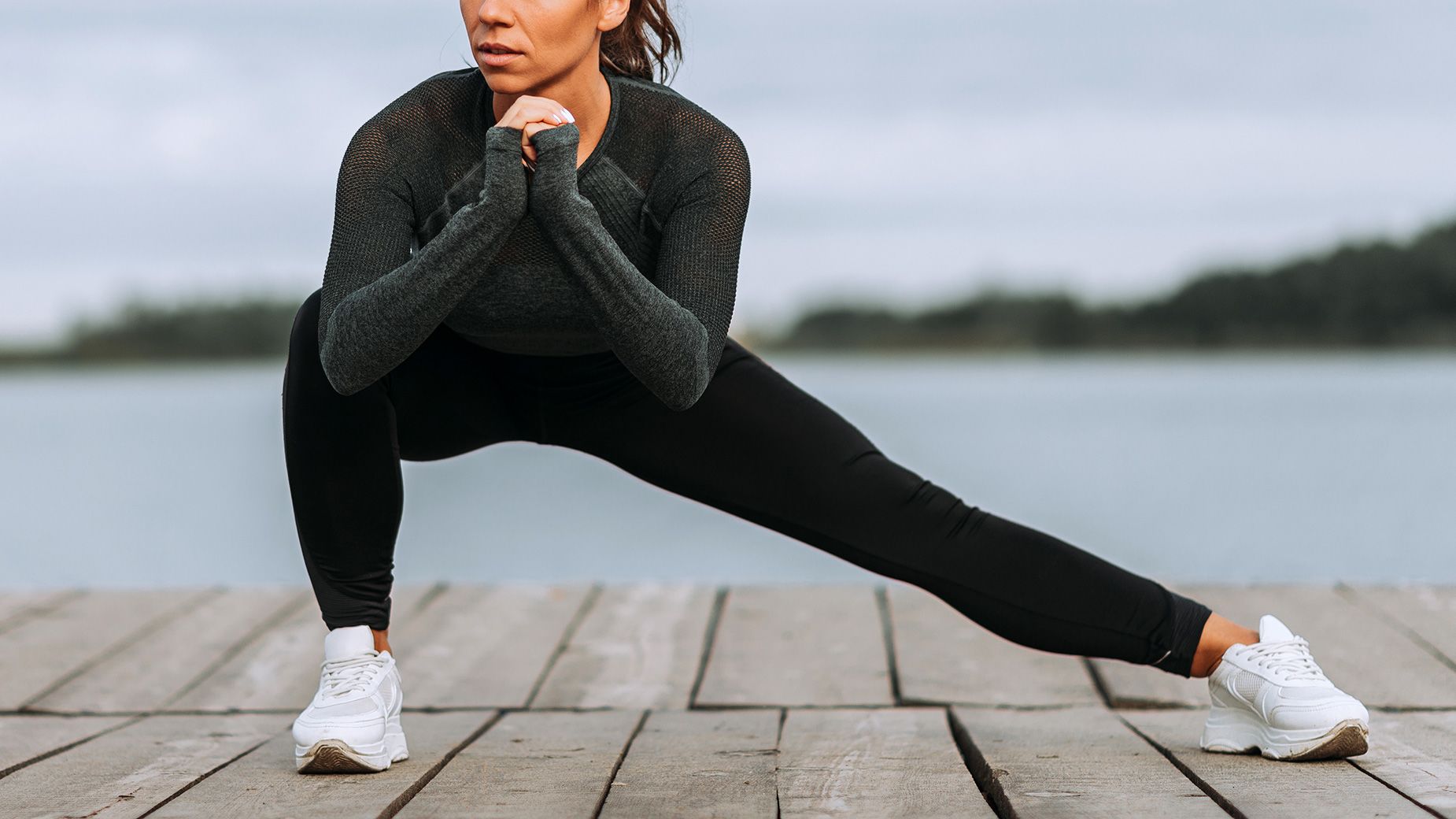
Cosa fa: Carica gli adduttori e i glutei durante una lunga falcata laterale, insegnando ai fianchi a arretrare mentre il piede rimane piatto: ottimo per i corridori che cedono verso l'interno all'altezza del ginocchio.
Come: Posizionatevi in posizione eretta. Spostate il peso a destra, portando indietro i fianchi e piegando il ginocchio destro mentre la gamba sinistra rimane dritta e allungata. Sollevate il petto. Spingete il piede destro per tornare al centro; ripetete verso sinistra. 8-10 ripetizioni per direzione.
Suggerimenti per l'allenamento: Mantieni l'intero piede appoggiato sul lato piegato; il ginocchio si sposta sopra la parte centrale del piede. Senti l'allungamento dell'interno coscia sulla gamba tesa e il carico sui glutei sul lato piegato.
Ginocchia alte

Cosa fa: Aumenta la frequenza cardiaca, coordina i tempi braccio-gamba e rafforza i rapidi contatti a terra e la meccanica frontale.
Come: Corri leggermente sul posto o avanza di 10-20 metri, spingendo un ginocchio all'altezza dell'anca mentre il braccio opposto pompa. Atterra dolcemente sulla parte centrale del piede e mantieni una cadenza elevata.
Suggerimenti per l'allenamento: Pensa a "veloce e leggero", non a "alto e duro". Mantieni le caviglie rigide (elastiche), le costole allineate e gli occhi allineati. Due passaggi da 10 a 20 metri.
Salti alti
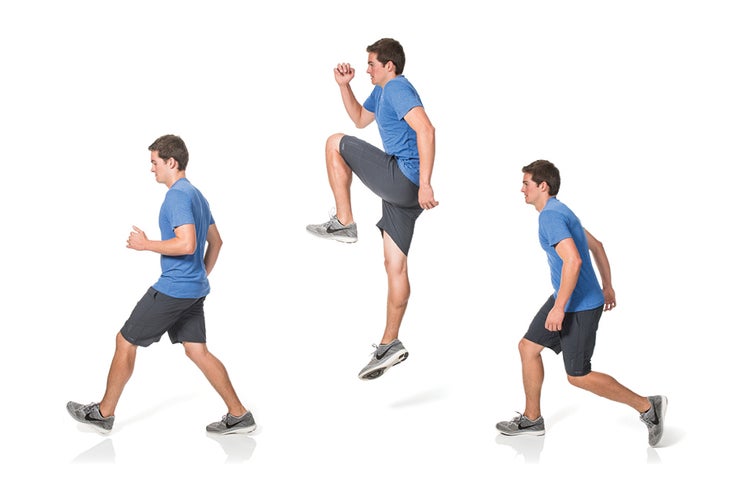
Cosa fa: Aggiunge una componente pliometrica ed elastica: una leggera rigidità nella caviglia/tendine d'Achille e un po' di elasticità per i movimenti.
Come: Salta in avanti con enfasi sul sollevamento verticale. Spingi un ginocchio verso l'alto e il braccio opposto in avanti mentre ti spingi da terra. Rimani rilassato; lascia che il ritmo cresca naturalmente. Due passaggi di 10-20 metri.
Suggerimenti per l'allenamento: Atterra sotto il tuo baricentro. Fianchi dritti, sguardo in avanti, braccia come in una corsa (non allargate).
Cerchi delle braccia

Cosa fa: Libera le spalle e la parte superiore della schiena, così il movimento delle braccia rimane compatto ed efficiente, fondamentale per il ritmo e la respirazione.
Come: Mettetevi in piedi, estendete le braccia ai lati e fate piccoli cerchi in avanti per 20-30 secondi, poi indietro. Procedete con cerchi medi, poi più ampi, senza scrollare le spalle.
Suggerimenti per l'allenamento: Mantieni il collo lungo e le costole basse. Cerca di affinare l'articolazione della spalla, non di inarcare la parte bassa della schiena.
Come scegliere i migliori esercizi di stretching pre-corsa
Mettendo insieme il tutto: un esempio di riscaldamento pre-corsa di 5-8 minuti
- Camminata o corsa facile: 2 minuti per aumentare la temperatura.
- Oscillazioni laterali delle gambe: 12–15/lato
- Oscillazioni delle gambe in avanti: 12–15/lato
- Affondi laterali: 8–10/lato
- Cerchi delle braccia: 30 secondi per direzione, piccolo → medio → grande
- Ginocchia alte: 2 × 10–20 metri
- Salti alti: 2 × 10–20 metri
- Camminate dal tallone alla punta: 10–15/lato
Dovresti sentirti caldo, coordinato e leggermente elastico: pronto a partire.

Per un riscaldamento migliore, prova a usare un Cardiofrequenzimetro CoospoMonitorare la frequenza cardiaca durante gli esercizi di stretching pre-corsa aiuta a capire quando il corpo passa dalla fase di riposo alla zona di riscaldamento ideale, solitamente intorno al 50-60% della frequenza cardiaca massima. In questo modo, si evita di iniziare la corsa troppo freddi (il che può causare fiaccatura o aumentare il rischio di infortuni) o di esagerare prima dell'allenamento. Grazie al feedback in tempo reale sulla frequenza cardiaca, è possibile regolare l'intensità del riscaldamento, assicurandosi di essere pronti a iniziare la corsa.



